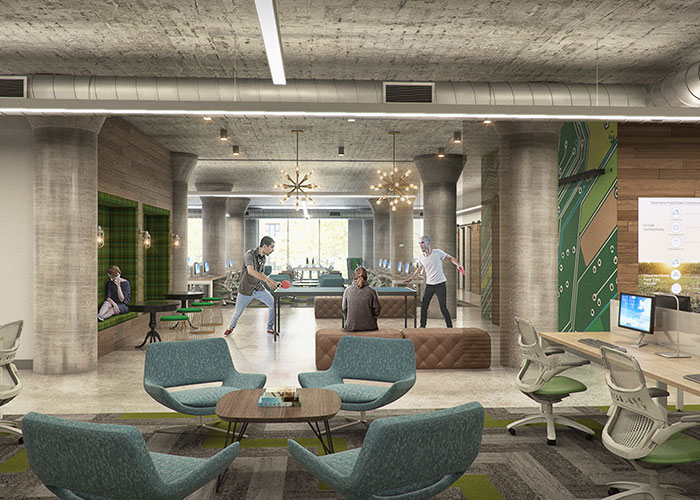WORKTECH takeaways: Culture Drives Engagement – and Engagement Defines Culture
The "war for talent" has moved from tech company skirmishes over a small group of technology "gurus" to a nationwide battle... read more
The "war for talent" has moved from tech company skirmishes over a small group of technology "gurus" to a nationwide battle... read more

The “war on talent” has moved from tech company skirmishes over a small group of technology “gurus” to a nationwide battle, with virtually every type of business and profession needing the talents of web designers, programmers, IT specialists and others to support their technology needs.
The fact that technology is changing how everyone is working was a recurring theme at the recent WORKTECH Conference in New York. While older generations of employees are learning and adapting to technology changes, for younger generations such as the “millennials,” technology is second nature. With how much technology is used in the workplace today, it’s no wonder that the demands of this new generation are driving companies to make changes to attract them.
The workplace used to be a structured environment; now it needs to be adaptable, flexible, and offer choice to its employees. The former prestige places to work are losing appeal. In 2015, only one Harvard Business School graduate went into investment banking, down significantly from 13% of graduates in 2007. The new generation of employees wants to work someplace they feel they are making a difference, where they feel empowered, and will choose that environment over opportunities to make more money elsewhere.
Ways to ATTRACT – and more importantly RETAIN – this technology-savvy generation include:
To keep technology talent, companies have to take care of their employees. The idea of placing a treadmill in a room and calling it the exercise room won’t cut it anymore. Employees are looking for a more holistic approach to wellness.
If technology is changing how we work, “co-working” is changing where we work.
WORKTECH highlighted an emerging trend in how companies view their office footprint. Instead of buying or renting office space, companies are buying memberships for employees in co-working centers.
The early adopters of co-working spaces were start-up companies looking for office space to grow their business. It then evolved into tech companies that wanted the flexibility and the creative environments co-working suites had to offer. Now, large corporations are literally “buying in” to the idea and leveraging memberships against real estate that they previously leased.
These co-working centers are having a big impact on the real estate community, and even creating new businesses as brokers help companies find space in these sites. It will also impact lease rates, terms and durations, which will probably become more flexible in order to compete with co-working stations.
A final takeaway from the WORKTECH Conference is that now is not the time for businesses to be complacent. Everyone is asking, “How do we keep the talent and how do we differentiate ourselves from our competition?” Companies need to realize that they are designing their workplaces for a generation, not an individual, because younger employees will move and switch jobs more than in the past. Therefore, you need to always be in the mode of promoting your organization in order to attract talent and promote a culture which continues to engage them.